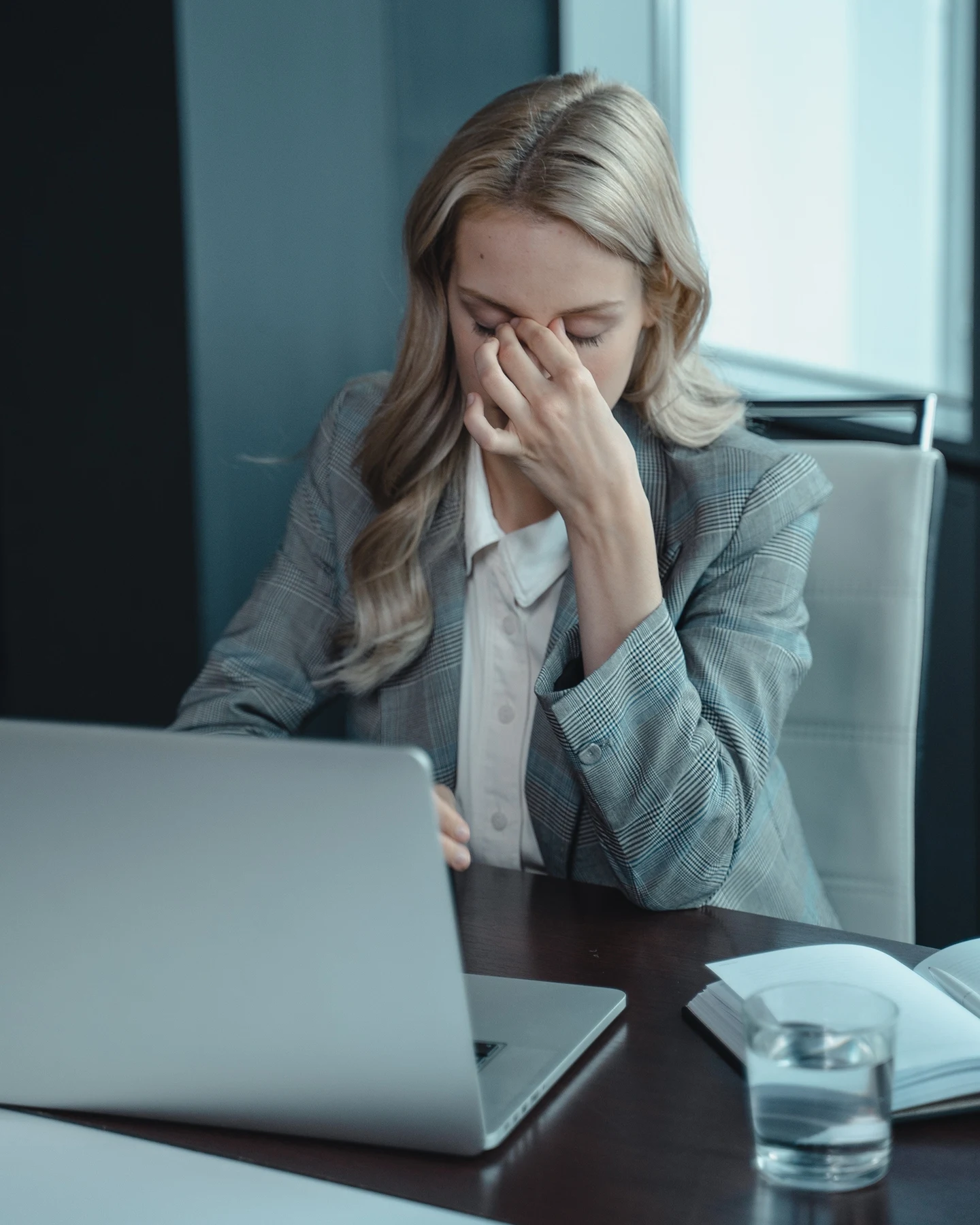 |
Menstrual cycle changes are nothing new to us. We typically experience premenstrual syndrome, or PMS, symptoms, such as mood swings, tender breasts and bloating, fatigue, and menstrual cramps every month. The latter, in particular, can be such a schedule disrupter. Whenever your period happens, don’t you sometimes feel like you need a day off from work to get some relief from your abdominal and pelvic aches and pains?
Yet, there are a few things you can do to prevent your menstruation from cramping your productivity. Read on and find out how you can effectively manage menstrual cramps at work.
Dealing with period cramps at work
Drink water—lots of it!
Being adequately hydrated can minimize dysmenorrhea (another term for menstrual cramps). One study shows that increased water intake can diminish the intensity of abdominal pain experienced during menstruation. Aside from reducing the severity of cramps, drinking water has also been shown to shorten the length of the bleeding period and improve the utilization of painkillers.
Working in an office makes it easy to be overwhelmed with so many things that you forget to sufficiently hydrate yourself. To help you meet your daily H2O requirements, even if you’re away from home, keep a one-liter water bottle handy. This way, you can easily reach for it to take quick sips of water from time to time without having to stop whatever task you’re presently engaged in. Just make sure, though, that your water bottle has a tight lid to prevent any accidental spills (especially on your computer!).
Have Healthful Lunches
You can actually eat your way to health, as well as menstrual cramp relief! Let’s first discuss the connection between eating healthy and reducing cramps.
When you have a lot of estrogen in your body, your uterine lining becomes abnormally thick. The denser the uterine lining, the more inflammatory prostaglandin hormones are produced to make your uterine muscles contract. This contraction helps you shed your uterine lining and causes menstrual cramps. Therefore, eating anti-inflammatory foods, such as fruits, vegetables, and whole grains, can diminish menstrual pain.
When you have a lot of estrogen in your body, your uterine lining becomes abnormally thick. The denser the uterine lining, the more inflammatory prostaglandin hormones are produced to make your uterine muscles contract. This contraction helps you shed your uterine lining and causes menstrual cramps. Therefore, eating anti-inflammatory foods, such as fruits, vegetables, and whole grains, can diminish menstrual pain.
Having a diet rich in fiber can also reduce the amount of estrogen in your body. This is because the fiber helps your system cleanse itself of the excess estrogen. Refined foods, though, do not contain the dietary fiber you need to eliminate estrogen and prevent it from being reabsorbed by the body. This means that avoiding them can be a good idea, especially when you’re on your monthly cycle.
But the thing is, eating healthy at work can be quite a challenge. It can be tempting to just go for whatever fast food is available to get your lunch over and done with ASAP. Preparing your meals at home and bringing them to the office can help you commit to nutritious and well-balanced lunches that help combat menstrual pain.
Keep moving!
Engaging in exercise effectively alleviates the various aches and pains linked to your stressful days. First, it induces your body to release endorphins, also known as happy hormones. These endorphins inhibit the pain receptors in your brain, thereby diminishing your perception of pain. Secondly, exercise helps improve blood circulation, allowing the delivery of oxygen and nutrients that your muscles and tissues need to restore themselves to working order. Specific movements, like stretching, can also improve muscle strength and flexibility and help with cramps.
Why not be intentional about exercising at work? Get up an hour or so earlier so you can hit the office gym. If your company doesn’t have its own gym or if you can’t afford the extra hour, there’s no need to worry. You can still be constantly on the move at work. Alan Hedge, a professor of ergonomics at Cornell University, recommends that for every 30 minutes of work, you should spend 20 minutes sitting, 8 minutes standing, and 2 minutes just moving around. Even while seated, you can still do sitting exercises, such as leg raises and pelvic floor exercises.
While on your period, you go through enough hormonal fluctuations that can bring about mood swings. These can quickly generate anxiety and stress. And stress can worsen menstrual cramps—even cause them. Notice how quickly your body seems to tighten up when you’re worried? When your muscles are all knotted up, it aggravates your uterine contractions and period pain.
Use your breaks at work to pause and pull back from the “tumult” at work. Breathing techniques, such as pursed lip breathing, lion’s breath, and the 4-7-8 breathing, can help you control and calm your nerves so you can relax and destress.
Wearing period apparel, such as period underwear, can also help relieve anxiety by giving you leak-proof protection and confidence.
And lastly, don’t sweat out the small things in life—and a lot of it is!
Menstrual cramps need not be debilitating or even annoying. Manage them with these easy yet practical tips, and get ready to be your best version of yourself even at work—regardless of the time of the month.
